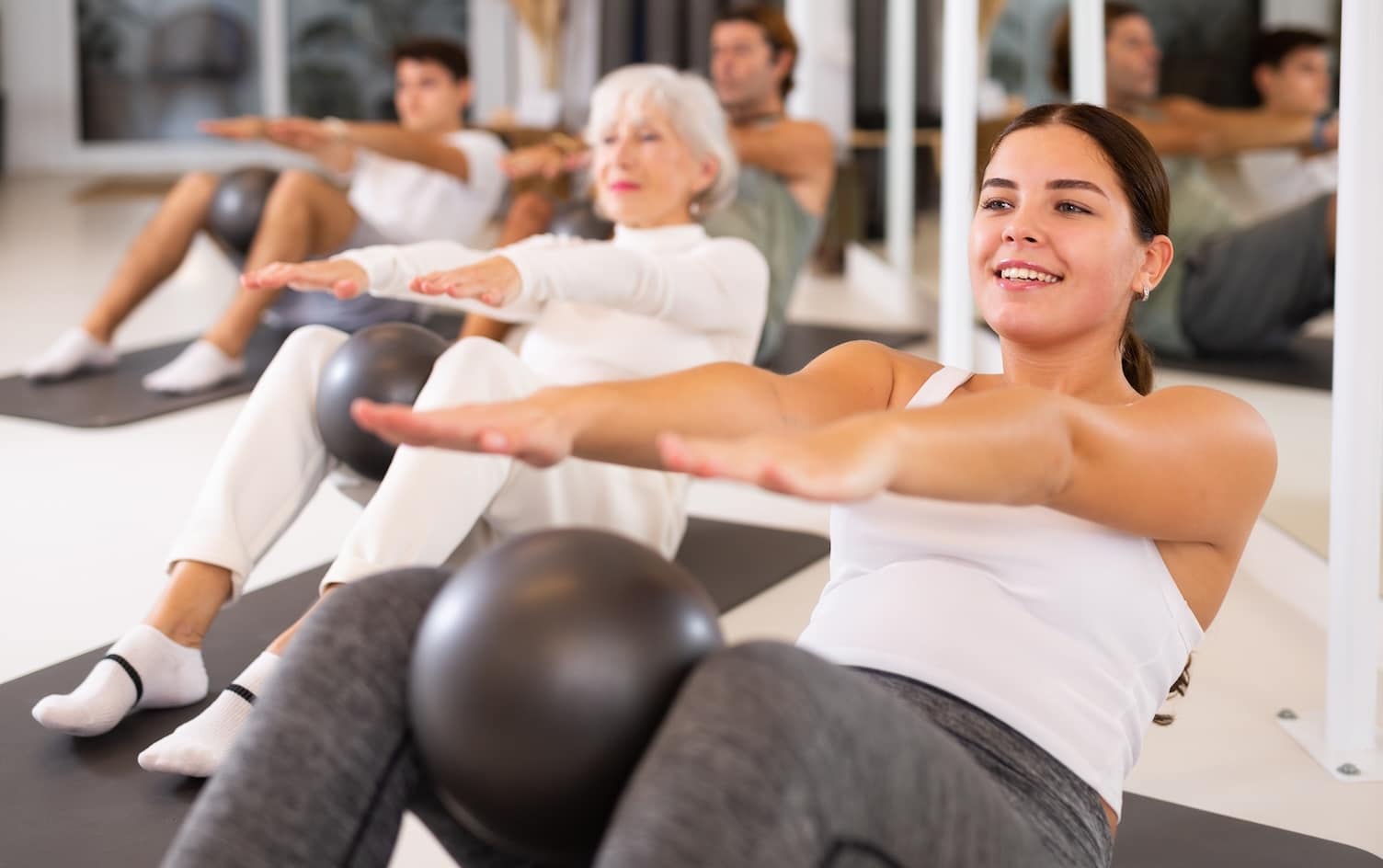Increasing your step count with a daily walk is one of the easiest ways to start an exercise habit and improve your overall health. As with any fitness routine, it takes time to progress before you increase distance, duration and speed — all important factors in helping you reach your weight-loss and health goals.
A gradual ramp-up is necessary as you build your aerobic endurance, but if you’re getting tired too quickly, it’s important to understand potential causes and address them.
CAUSES OF FATIGUE
“Fatigue can be caused by a number of different factors,” says Dauna Williams, a USA Fit running and walking coach. “This can range from wearing the wrong type of shoes to being overweight, having a poor diet or years of living a sedentary lifestyle.”
WEARING THE WRONG SHOES
Choosing the right gear is important, even when it comes to walking, says Williams. Dedicated walking shoes are crucial for comfort and to prevent injuries; both play a role in how much energy you have on a walk. In particular, walking shoes have cushioning focused primarily on the heel, and the midfoot has a slightly wider base to promote a smoother, rocking transition.
POOR DIET
A healthy, well-balanced diet that includes your ideal ratio of all three macronutrients is important for feeling your best and fueling a walking routine. If you’re eating too little, or cutting out an entire food group like carbs, you might be low on energy, which can slow your walk and make recovery harder.
A SEDENTARY LIFESTYLE
If you’re not used to regular exercise, it can be challenging to go from the couch to brisk walking for long durations, and you’ll likely tire quickly. Don’t beat yourself up over your starting point, since even 10 minutes of walking a day can help counteract the negative effects of sitting. Instead, ease yourself into longer durations by following a plan or working with a coach, recommends Williams. For example, try this couch to 5K program or this 4-week beginner walking plan.
READ MORE > 10 WALKING MISTAKES TO AVOID IF YOU WANT TO LOSE WEIGHT
INCORRECT POSTURE
Yes, there is a right way to walk. Focusing on good posture (Think: relaxing your shoulders, keeping your eyes looking forward toward the horizon, arms at your sides with the elbows flexed about 45–60 degrees) can help you feel less tired and prevent injuries that would further slow you down.
PRE-EXISTING CONDITIONS
Other health issues can make you tire more quickly, too. For example, when you’re overweight, your heart has to work harder to pump blood to your muscles when you move. This puts stress on the cardiovascular system and decreases your aerobic endurance. That’s why diet (see above) is so important and can play a big role when walking for weight loss.
“If you have asthma or pre-existing injuries like knee, back or foot problems, it’s always a good idea to get checked out first before you begin an exercise routine,” adds Williams.
WAYS TO IMPROVE YOUR AEROBIC CAPACITY
If you’ve addressed some of the common fatigue-inducing culprits above, it’s important to remember improving your cardiovascular fitness takes time. “It generally takes 4–6 weeks before a person notices any sustainable change in their walking endurance,” says Williams. “It’s normal to question your own ability, especially if you’re feeling fatigued or otherwise challenged in the first 2–3 weeks, but shortly after, you’ll start to notice what you’re doing is getting a little easier and your short-term goals are reachable.”
Of course, getting past this initial phase takes dedication, consistency and the willingness to push past any obstacles. “Walkers do need to learn how to push past minor fatigue,” says Williams. “Getting comfortable with being uncomfortable is part of getting fit. When you are able to push past what you thought you couldn’t, this will lead to feelings of accomplishment and greater motivation to stick with a routine.”
Here are some of Williams’ top tips for improving walking endurance:
- Listen to music. An upbeat playlist can help change your frame of mind so you can push through feelings of fatigue.
- Alternate your pace. You don’t always have to walk farther to improve endurance. Pick landmarks during your route where you’ll pick up the pace for a set distance. This gets your heart working harder, and when you return to your cruising pace, allows you to recover.
- Use a fitness tracker. Tracking your workout helps you know your distance, pace and heart rate. Staying in the correct aerobic heart rate zone by adjusting your pace can help you walk for longer periods.
- Stretch. Pre- and post-walk stretching can help prevent injury and improve flexibility to keep your walking form at its best.
- Consider a coach. A dedicated walking coach can help you build a personalized walking routine and deal with any setbacks based on your individual goals and lifestyle.
Make progress every day while you work on fitness and nutrition goals, like walking more steps. Go to “Plans” in the MyFitnessPal app for daily coaching and easy-to-follow tasks to keep you motivated.




